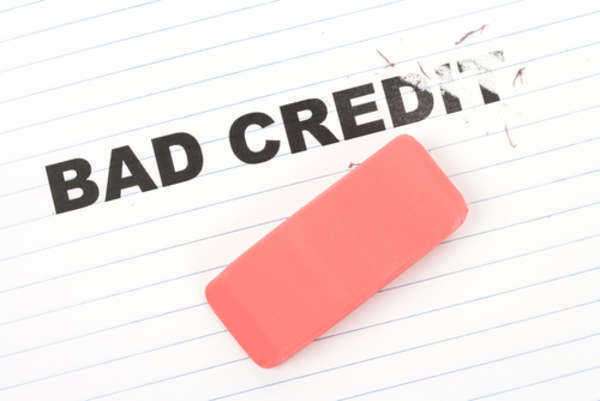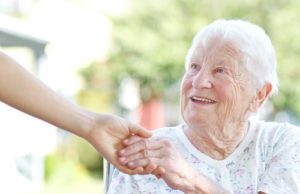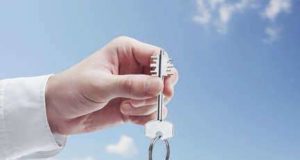Blame the Bad Credit Mortgage Lenders!

One of the primary causes of the financial collapse, and more specifically the collapse of the real estate market, was the presence of mass defaults. As the demand for property increased, the proportionate values for such land increased as well. To accommodate this welling demand, mortgage lenders extended loans to unworthy citizens.
This process was made possible because America's real estate laws, and the laws associated with lending were not properly enforced. Citizens could obtain a loan without even getting their credit history checked. As a result, families and individuals were taking out hefty loans, with massive interest rates attached, and defaulting on their payments.
The number of defaults of swelled, causing massive foreclosures throughout the nation's real estate market. When a lending institution or mortgage lender offers these loans they expect their investment paid off, in full, awith added interest. With numerous defaults however, these companies were left with a large deficit. Therefore the after effects imposed by mass defaults sent shock waves to both the lenders and borrowers.
Even though the bad credit of unworthy borrowers led to a mass default, bad credit mortgage lenders still exist. Because of the economic crisis, however, these bad credit mortgage lenders are highly regulated via state and federal law.
In addition, a bad credit mortgage lender issues unsecured loans, meaning the general obligation to pay off the debt is not collateralized by a lien on the property of the borrower. Bad credit mortgage lenders coordinate with secured mortgage lenders to offer the individual an opportunity at receiving a mortgage. In essence, the presence of bankruptcy will result in a general claim issued by the creditor of the specific assets assigned to the creditor.
Bad credit mortgage lenders also issue lenders mortgage insurance, which is a private form of insurance, which is required for individuals with bad credit. A lenders mortgage insurance policy is designed to offset the losses of a default; a borrower must pay an additional rate to insure against the prospects of defaulting and a subsequent foreclosure.










